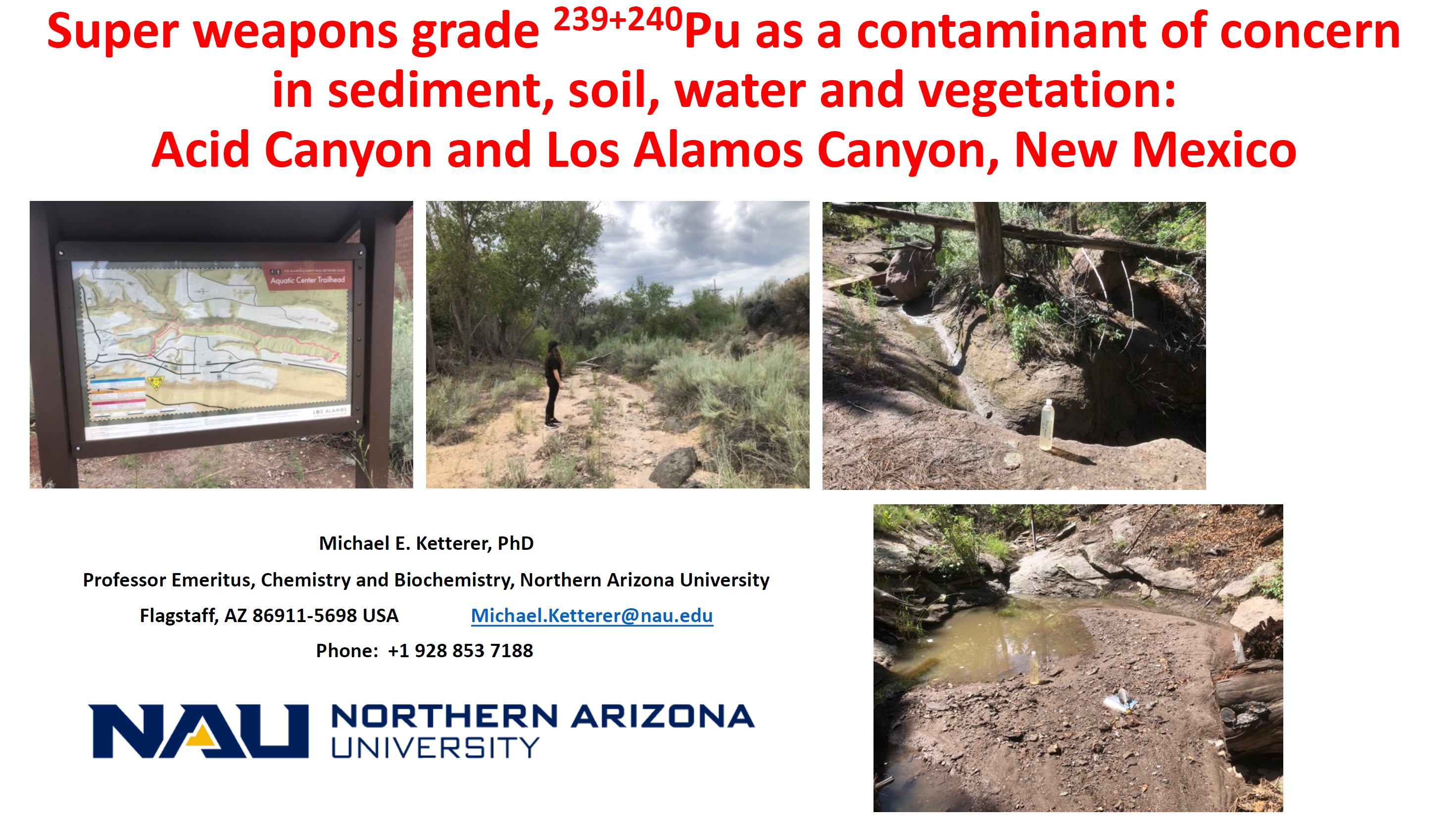QUOTE OF THE WEEK
Nothing Found
It seems we can’t find what you’re looking for. Perhaps searching can help.
LANL’s Central Mission: Los Alamos Lab officials have recently claimed that LANL has moved away from primarily nuclear weapons to “national security”, but what truly remains as the Labs central mission? Here’s the answer from one of its own documents:
LANL’s “Central Mission”- Presented at: RPI Nuclear Data 2011 Symposium for Criticality Safety and Reactor Applications (PDF) 4/27/11
Banner displaying “Nuclear Weapons Are Now Illegal” at the entrance in front of the Los Alamos National Lab to celebrate the Entry Into Force of the Nuclear Weapon Ban Treaty on January 22, 2021
Nothing Found
It seems we can’t find what you’re looking for. Perhaps searching can help.
Follow the Money!
Map of “Nuclear New Mexico”
In 1985, US President Ronald Reagan and Russian President Mikhail Gorbachev declared that “a nuclear war cannot be won and must never be fought.”

Waste Lands: America’s Forgotten Nuclear Legacy
The Wall St. Journal has compiled a searchable database of contaminated sites across the US. (view)
Related WSJ report: https://www.wsj.com
New & Updated
Nothing Found
It seems we can’t find what you’re looking for. Perhaps searching can help.
High Detections of Plutonium in Los Alamos’ Acid Canyon
Nothing Found
It seems we can’t find what you’re looking for. Perhaps searching can help.
‘Not in my backyard’: The thorny issue of storing German nuclear waste
“Germany is to shut down its last nuclear reactors next year. However, the country still has no place to store the 27,000 cubic metres of highly radioactive material it has already produced, with the amount set to grow as power stations are decommissioned and dismantled. German authorities have set a deadline of 2031 to find a permanent storage location – but for now, the waste is being stored in temporary locations, much to the anger of local residents.”
© FRANCE 24 By: Anne MAILLIET | Nick SPICER france24.com December 4, 2021 / Originally published on:
LANL Plans to Address Possibly Exploding Drums Shipped to Texas in 2014
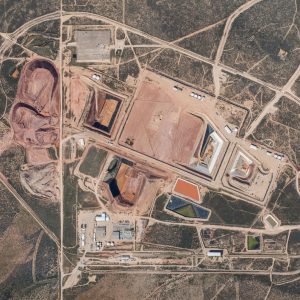
Los Alamos National Laboratory (LANL) has given itself a Categorical Exclusion (CX) under National Environmental Policy Act (NEPA) for the removal, relocation, and examination of transuranic (TRU) waste drums at Waste Control Specialists (WCS). These drums are similar to the ones that forced WIPP to close in 2014. LANL officials decided that formal environmental assessments, with public input, of the movement of the possibly exploding waste drums are not needed.
Iran nuclear talks resume with upbeat comments despite skepticism
Russia’s envoy to the talks, Mikhail Ulyanov, said on Twitter they “started quite successfully.” Asked he if was optimistic, Iran’s top negotiator, Ali Bagheri Kani, told reporters: “Yes, I am.”
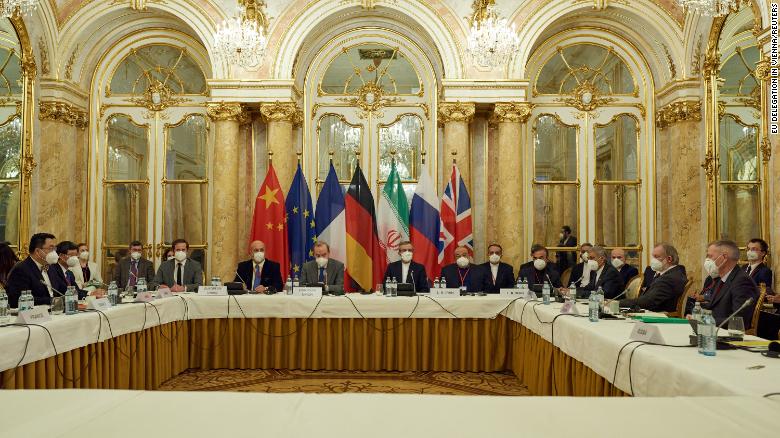
Vienna, Austria EU, Iranian and Russian diplomats sounded upbeat as Iran and world powers held their first talks in five months on Monday to try to save their 2015 nuclear deal, despite Tehran taking a tough stance in public that Western powers said would not work.
“I feel extremely positive about what I have seen today,” Enrique Mora, the EU official chairing the talks, said after the meeting — the seventh round of talks aimed at reviving a deal under which Iran limited its disputed uranium enrichment program in return for relief from US, EU and UN economic sanctions.
“They have accepted that the work done over the first six rounds is a good basis to build our work ahead,” he said. “We will be of course incorporating the new political sensibilities of the new Iranian administration.”
Nuclear power is never safe or economical
“I hope Sen. Durbin changes his mind about promoting nuclear energy. The real carbon-free sources of electricity are wind and solar.”
Letters to the Editor Chicago Sun Times
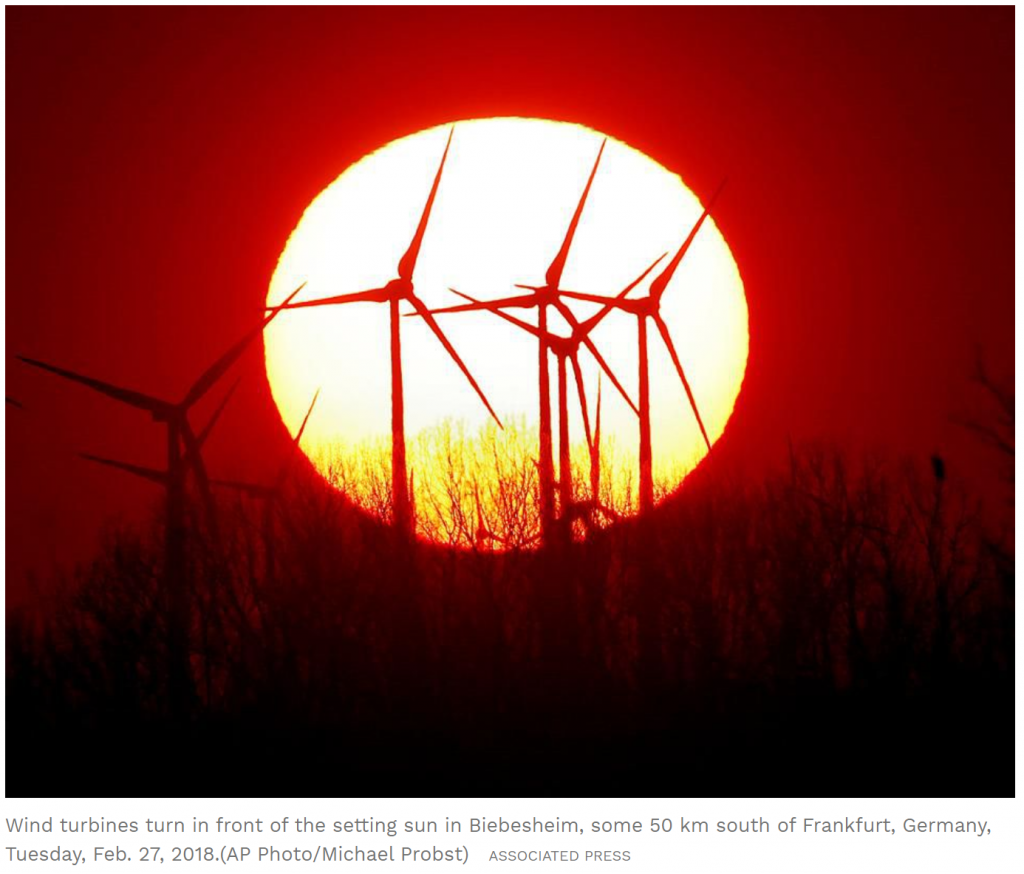
I cannot disagree more with the assertion by Sen. Dick Durbin in a recent Sun-Times op-ed that nuclear power is a necessary and viable way to combat climate change.
Electricity production by nuclear power is not, and can never be made, safe and economical.
When nuclear power plants were first touted in the 1950s as a new and safe method for producing electricity, it was said the electricity would be “too cheap to meter.” This is pure nonsense! If it was so safe, why weren’t any power plants built and put on line until passage of the Price-Anderson Act? The law has been amended a number of times and greatly limits the liability of operators of nuclear power plants.
Anything paid out beyond the limits set in Price-Anderson would take years of lawsuits.
Sen. Durbin wrote “It is past time for Congress to step up and develop a comprehensive, consent-based plan to store nuclear waste.” That’s an understatement. Nuclear waste is stored within a half-mile of Lake Michigan at the now-closed Zion nuclear power plant. Why is it close to the source of our drinking water? Because there is nowhere to ship it! Plans to ship such waste to a depository in Yucca Mountain in the southwest fell through when some improperly stored barrels burst into flames, releasing large amounts of high-level radioactive material.
Who does the senator think will agree to a “consent-based plan” when there is no known method of safely storing these dangerous materials for thousands of years, the time it takes for radioactive decay to make it safe for the environment?
Sen. Durbin argued that “we must ensure the nuclear fleet remains safe and economical,” but nuclear power has never been economical. As far as I know, the last time a permit was approved for a new nuclear plant was during the Obama administration. That plant in Georgia is only about half complete, although it was to be finished by now and the cost is already double the initial estimate.
The current “fleet,” as Sen. Durbin called them, of nuclear power plants were designed and engineered to last about 30 to 40 years. Most of our country’s plants are near that age. Their internal systems are constantly bombarded by radioactive particles, making the metal in the systems more brittle and prone to failure every year. Subsidizing them is a waste of taxpayer money and a dangerous gamble with our lives.
I hope Sen. Durbin changes his mind. The real carbon-free sources of electricity are renewables: wind and solar.
George Milkowski, West Ridge
Letters to the Editor: Nuclear energy may not emit carbon, but it isn’t ‘clean’

To the editor: Steven Chu and Ernest Moniz are both professors who served as U.S. Energy secretary. They have more science credentials than most mortals. I am none of those things.
Yet, I was concerned when I read in their piece advocating for the continued use of the Diablo Canyon nuclear plant past the planned 2025 decommissioning that they referred to the electricity it produces as “clean.”
I recognize that they did so in order to differentiate nuclear from energy sources that emit carbon dioxide. However, the lack of carbon emissions notwithstanding, can nuclear energy truly be called clean?
There is the not-so-small matter of spent nuclear fuel. Where does it go? Where will it go? It’s currently in a cooling pool on-site. Owner Pacific Gas and Electric has requested permission to develop a dry cask storage system on-site; it did not estimate how long the spent fuel would be stored there.
Spent fuel is radioactive for a very long time. Whichever way you store it, if anything compromises the containment, the danger is released.
Carbon emissions or none, it is misleading to refer to nuclear energy as clean, especially when it comes to its impact on the environment.
Elise Power, Garden Grove
..
To the editor: I was energized by the piece on the Diablo Canyon nuclear plant. It reminded me of the sad situation at our local San Onofre Nuclear Generating Station.Continue reading
Pilgrim nuclear plant may release 1M gallons of radioactive water into bay. What we know
“Diane Turco, of Harwich, the director of Cape Downwinders, a citizen group that was at the forefront of the effort to close Pilgrim, called any option that included sending radioactive water into the bay “outrageous” and “criminal.” Turco said she has no confidence in the decommissioning process.
“The process has been to allow radioactivity into the environment,” she said. “The answer should be no you can’t do that.””
PLYMOUTH — One of the options being considered by the company that is decommissioning the closed Pilgrim Nuclear Power Station is to release around one million gallons of potentially radioactive water into Cape Cod Bay.
The option had been discussed briefly with state regulatory officials as one possible way to get rid of water from the spent fuel pool, the reactor vessel and other components of the facility, Holtec International spokesman Patrick O’Brien said in an interview Wednesday. It was highlighted in a report by state Department of Environmental Protection Deputy Regional Director Seth Pickering at Monday’s meeting of the Nuclear Decommissioning Citizens Advisory Panel in Plymouth.
“We had broached that with the state, but we’ve made no decision on that,” O’Brien said.
As of mid-December, Holtec will complete the process of moving all the spent fuel rods into casks that are being stored on a concrete pad on the Pilgrim plant site in Plymouth. After that, O’Brien told the panel, the removal and disposal of other components in those areas of the facility will take place and be completed sometime in February.
What to expect as Iran nuclear talks resume next week
“New round of talks unlikely to produce breakthrough but will shed light on posture of new Iranian government, analysts say.”
By Ali Harb Aljazeera aljazeera.com
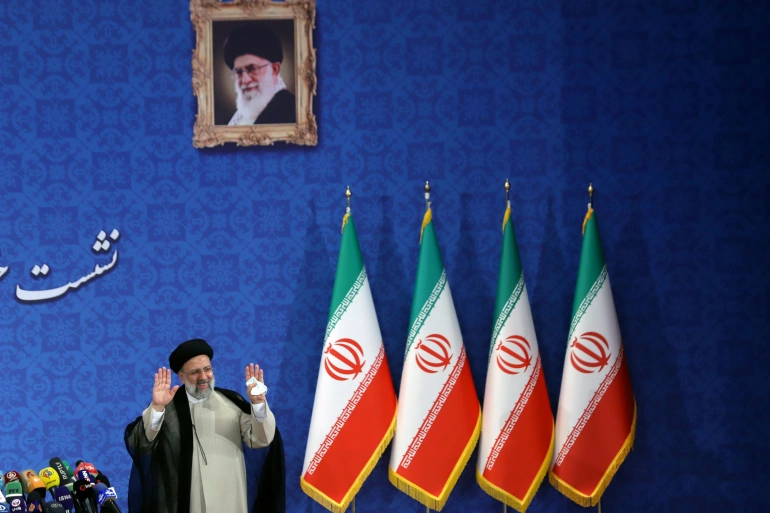
“We’re going to find out how different these [Iranian] hardliners are from previous hardliners; we’re going to find out if they’re going to be a little softer,” said Negar Mortazavi, an Iranian-American journalist and analyst.
“And we’re also going to find out if the Americans have really realised that they missed an opportunity, and that they should change their position to some extent.”
Proponents of the deal, including Mortazavi, have criticised US President Joe Biden for not moving with urgency to restore the agreement in the first months of his administration, when a more moderate Iranian government headed by former President Hassan Rouhani was in charge.
Six rounds of talks in Vienna between April and June failed to forge a path back into the agreement.
“That golden window of opportunity was short, and the Biden team completely missed it,” Mortazavi told Al Jazeera.
Nothing Found
It seems we can’t find what you’re looking for. Perhaps searching can help.
CRITICAL EVENTS
Nothing Found
It seems we can’t find what you’re looking for. Perhaps searching can help.
Nothing Found
It seems we can’t find what you’re looking for. Perhaps searching can help.
New Nuclear Media: Art, Films, Books & More
Nothing Found
It seems we can’t find what you’re looking for. Perhaps searching can help.













